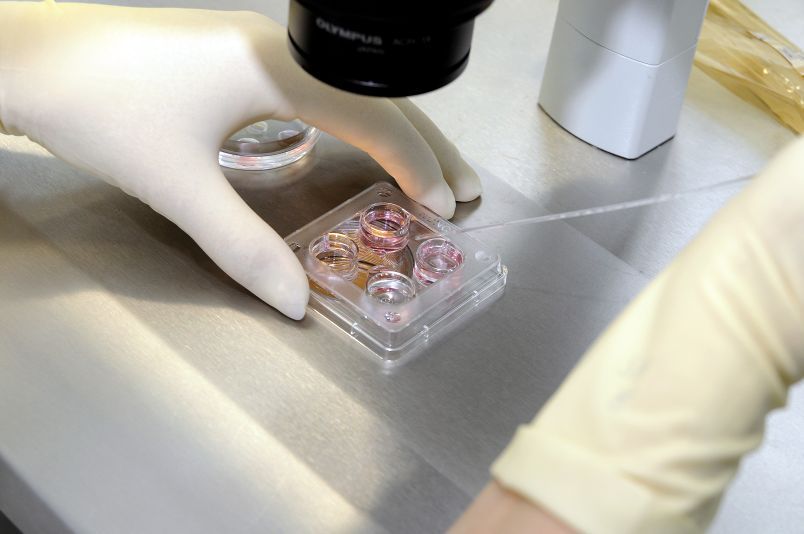New publications
Over the past 34 years, 5 million "test tube babies" have been born
Last reviewed: 01.07.2025

All iLive content is medically reviewed or fact checked to ensure as much factual accuracy as possible.
We have strict sourcing guidelines and only link to reputable media sites, academic research institutions and, whenever possible, medically peer reviewed studies. Note that the numbers in parentheses ([1], [2], etc.) are clickable links to these studies.
If you feel that any of our content is inaccurate, out-of-date, or otherwise questionable, please select it and press Ctrl + Enter.
At least five million so-called "test tube babies" have been born worldwide since July 1978, when the first such baby, Louise Brown, was born. The figure, MedicalXpress reports, was announced at the 28th annual congress of ESHRE (European Society of Human Reproduction and Embryology), which is taking place in Istanbul from July 1 to 4.
An approximate estimate of the number of children conceived through assisted reproductive technologies (ART) by July 2012 was made by ICMART (International Committee for Monitoring ART) based on data on the number of IVF and ICSI cycles performed worldwide over thirty years, from 1978 to 2008. The authors estimated that the number of children conceived through artificial insemination increases by approximately 350,000 to 400,000 per year (in 2011, 4.6 million "test tube babies" were reported) and, on this basis, assumed that their total number has now reached a round figure of five million.
According to ICMART, about one and a half million ART cycles are performed worldwide every year. Among the regions of the world where reproductive technologies are actively used, Europe leads, and among the countries, the USA and Japan.
At the ESHRE congress, data was presented showing that the demand for ART among Europeans is constantly growing - if in 2008 532,260 IVF and ICSI cycles were performed in European countries, then in 2009 - 537,287. On average, according to Dr. Anna Pia Ferraretti, head of the ESHRE Consortium for IVF Monitoring, the need for ART is estimated at one and a half thousand cycles per million population, but varies from country to country.

Thus, in seven European countries this indicator is significantly higher than the average - in Denmark (2726 cycles per million population), Belgium (2526), the Czech Republic (1851), Slovenia (1840), Sweden (1800), Norway (1780) and Finland (1701). At the same time, in four countries this indicator is significantly lower than the average - in Great Britain (879 ART cycles per million population), Italy (863), Germany (830) and Austria (747).
The availability of IVF for the population depends, first of all, on the policies of local authorities and the volume of state funding, and, as it turns out, in Europe it is significantly higher than in the USA and lower than in Australia.
As Dr. Ferraretti noted, the best indicator of the success of ART is the ratio of the number of births to the number of implanted embryos. According to her data, this figure has been steadily increasing in recent years, meaning that the success of the procedures is increasing.
Another trend observed in Europe in recent years, Ferraretti said, is the decline in demand for the implantation of several embryos at once and, accordingly, multiple pregnancies. As a result, triplets conceived through ART now account for less than one percent of all births, and the percentage of such twins has fallen below 20 for the first time (19.6 percent).
An experimental method of treating infertility - in vitro fertilization - was developed by British doctors Robert Edwards and Patrick Steptoe. The first child born thanks to this procedure was Louise Brown, born on July 25, 1978. Currently, ART procedures include, in addition to IVF, intracytoplasmic sperm injection into the oocyte (ICSI), as well as some other methods.
